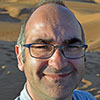This is the final part of the blog series related to the research project I am undertaking with colleagues from Durham University and the University of Western Bohemia in Pilsen, Czech Republic. This time I travelled with my colleague Prof David Harper of Durham University to New Haven in Connecticut, to visit the collection of brachiopods from the Fezouata Shale held in the Yale Peabody Museum of Natural History.
On our first day we were welcomed by Jessica Utrup, Museum Assistant. The collection had already been taken out of storage just next door to the offices and labs, and was ready for us to study. All the necessary facilities were also available to us: two microscopes, photography facility and access to computers. As with any visit abroad, we were restricted by the length of our stay and were already wondering if we’d have enough time. But thanks to Jessica and her line manager, Dr Susan Butts, we were given access to the labs and collection over the weekend with an electronic pass and the keys to the storage. On Saturday we were the only two people in the staff reserved area.
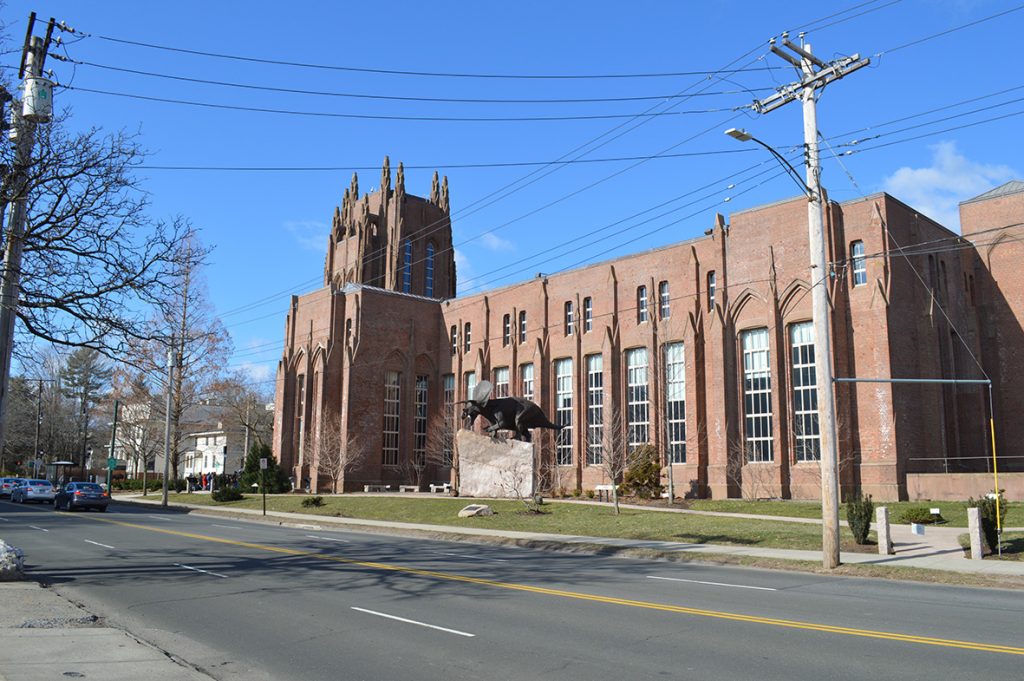
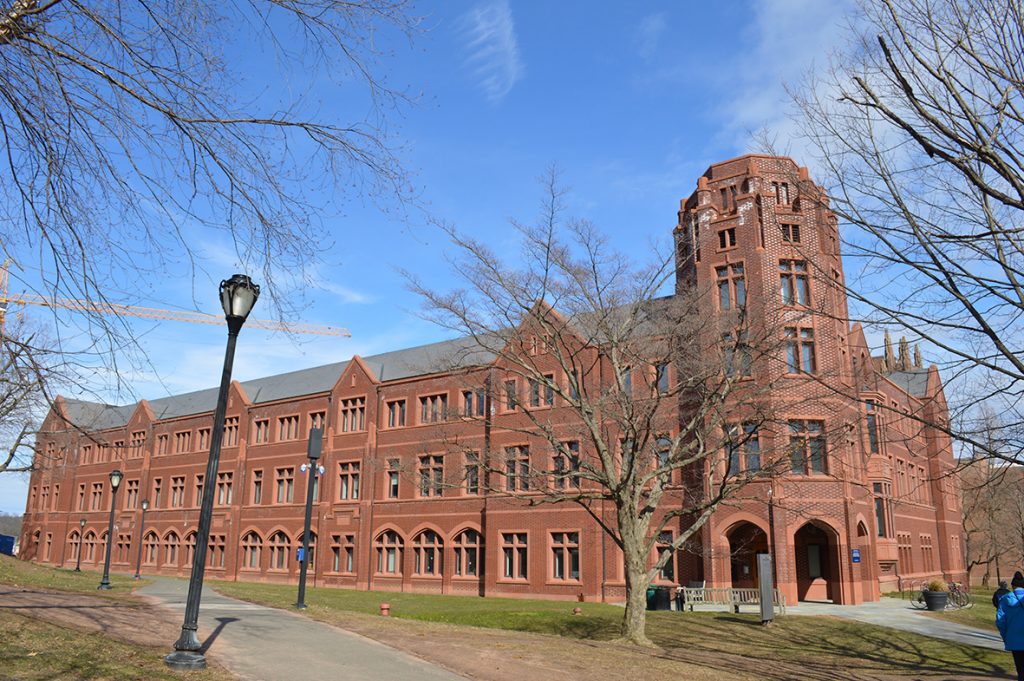
We decided to use our Sunday to wander around New Haven. Our walk took a historical aspect with a visit to Fairfield. This town was an active revolutionary centre during the American War of Independence at the end of the 18th century and was burnt to the ground in retaliation. About a century earlier, at the same time as the Salem witch trials, six women of Fairfield County were accused of being witches. Two of them were brought to the local pond, bound hand to foot and pushed into the water. It was believed that a witch would float when thrown in the water. Witnesses testified that both women ‘put into water swam like a cork’, but nevertheless, as the jury could not agree on a verdict, neither woman was executed.
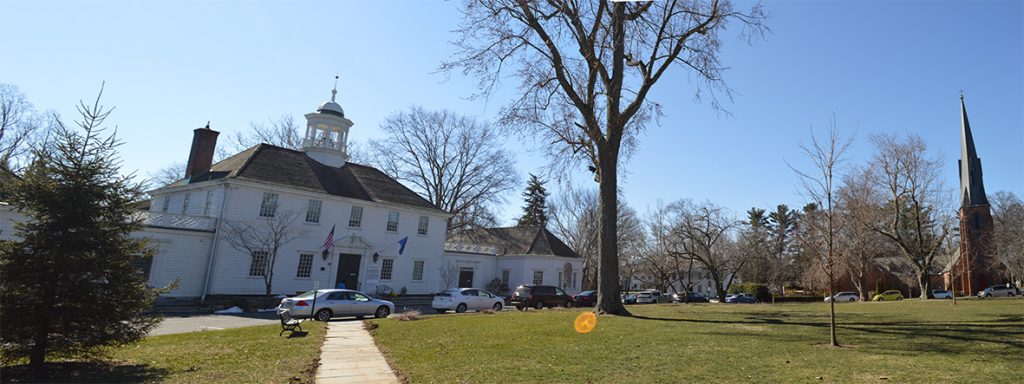
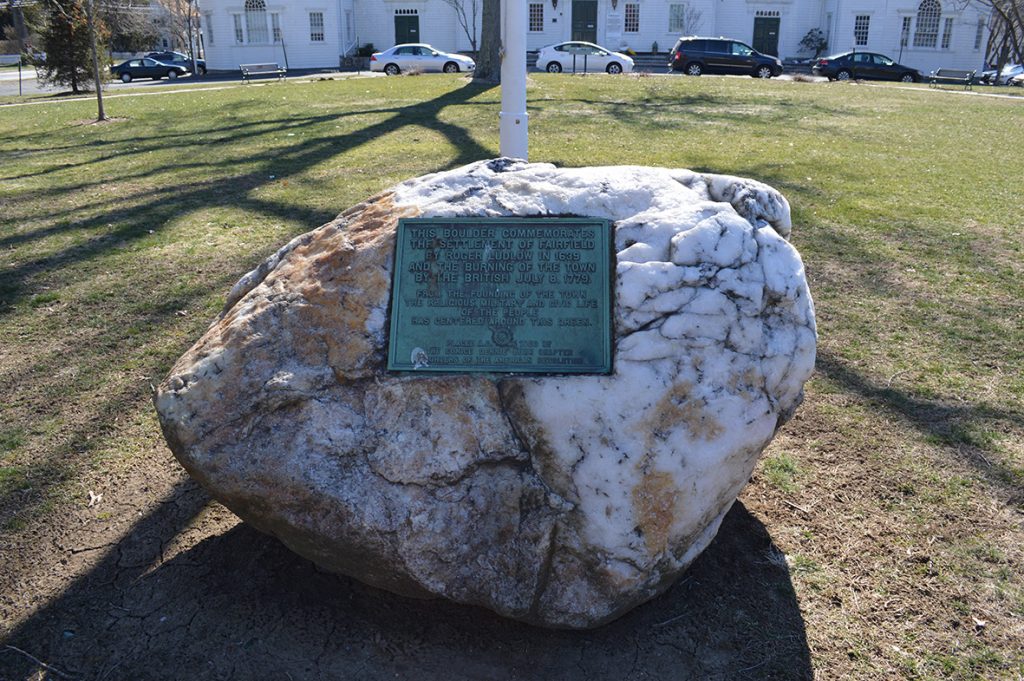
The remainder of our stay was dedicated to going through the collection that had been prepared for us. Contrary to the Marrakech collection, temporarily stored in Lyon, which had been collected in the field by my French colleagues, the collection held at the Peabody Museum was purchased by current and previous staff. We selected the most relevant material to be shipped to the National Museums Collection Centre after our return and this completes the specimens already seen in Lyon.
We were also able to look at the Charles Schuchert collection of brachiopods. Charles Schuchert was an American palaeontologist, interested in taxonomy and palaeogeography; he also coined the term paleobiology (US spelling) in 1904. This is a reference collection from which many taxa were named in the 1930s. Once again Susan Butts and Jessica Utrup granted us unrestricted access to the collection store.
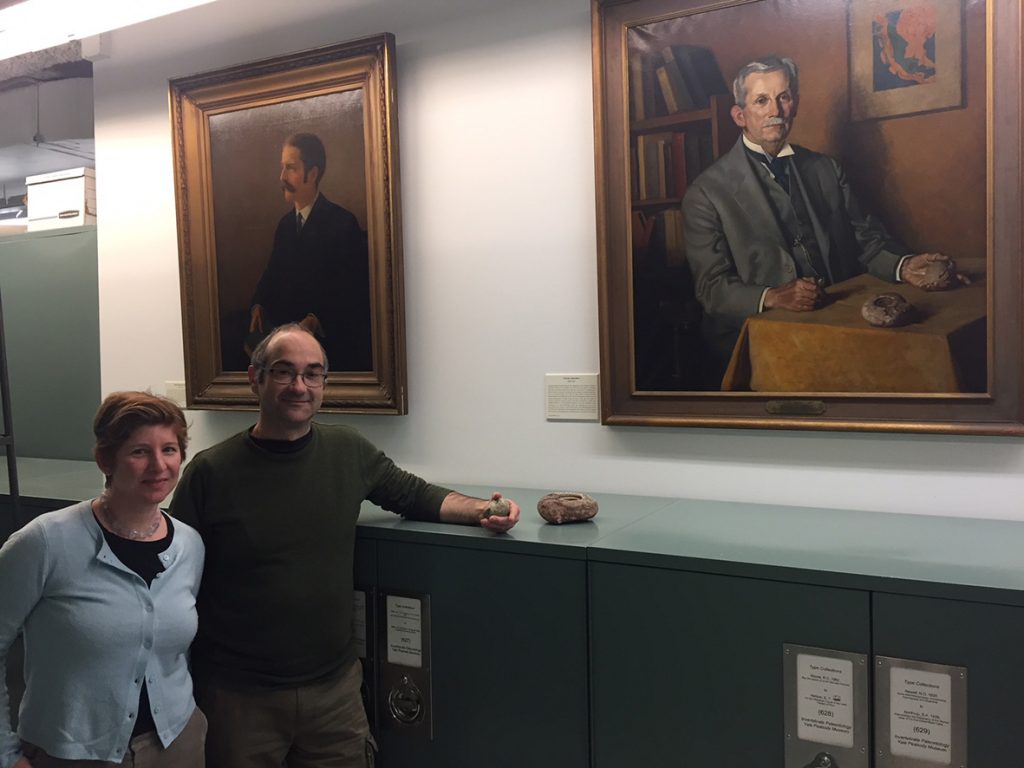
Since we finished studying the collection ahead of our schedule, we dedicated the last day of our stay to visiting the city. Susan kindly offered to guide us on a tour of the Yale University Campus. This is an extraordinary site mixing traditional university buildings with recent construction but keeping the ‘old’ style alive. These new projects are funded by the university alumni. We also had a guided tour of the Peabody Museum by one of its former directors, Professor Derek Briggs. The displays are beautiful. The Dinosaur gallery, with the world famous ‘Age of Reptiles’ mural, was quite an enjoyable show.
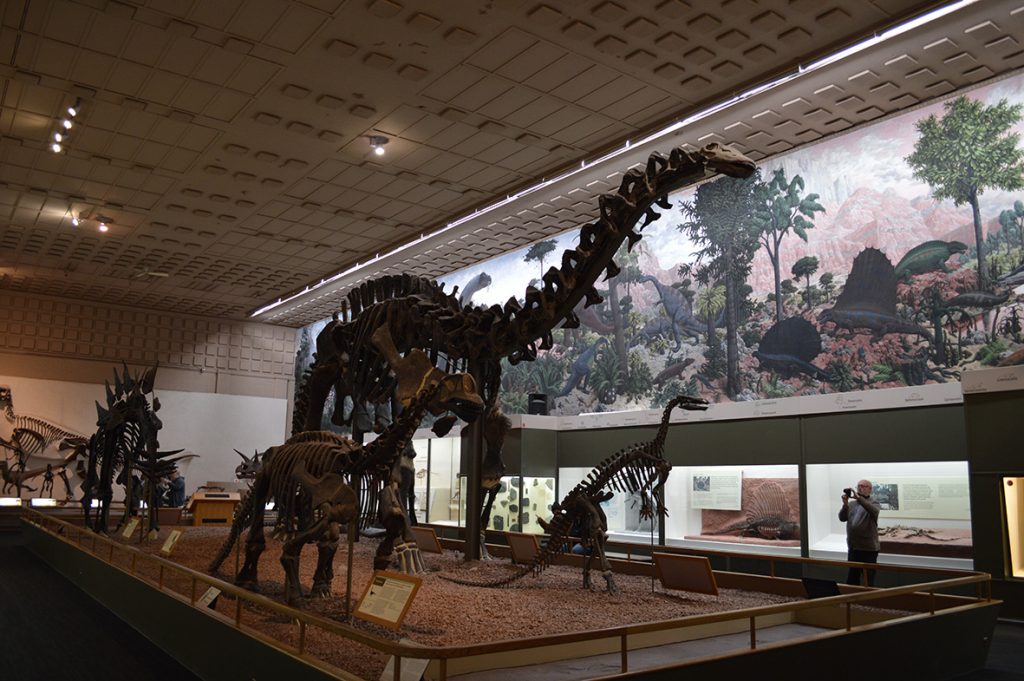
I cannot finish this blog post without mentioning food… At the start of our stay we didn’t really know where to go and made some greasy mistakes. However, I have to say that once we got to know the city a bit better, we managed to find some quality food, with quality ingredients. Our lunch consisted of street food, gathered not far from the museum: Thai, Mexican, Chilean… a lot of choice for some of the best food experiences we had over there.
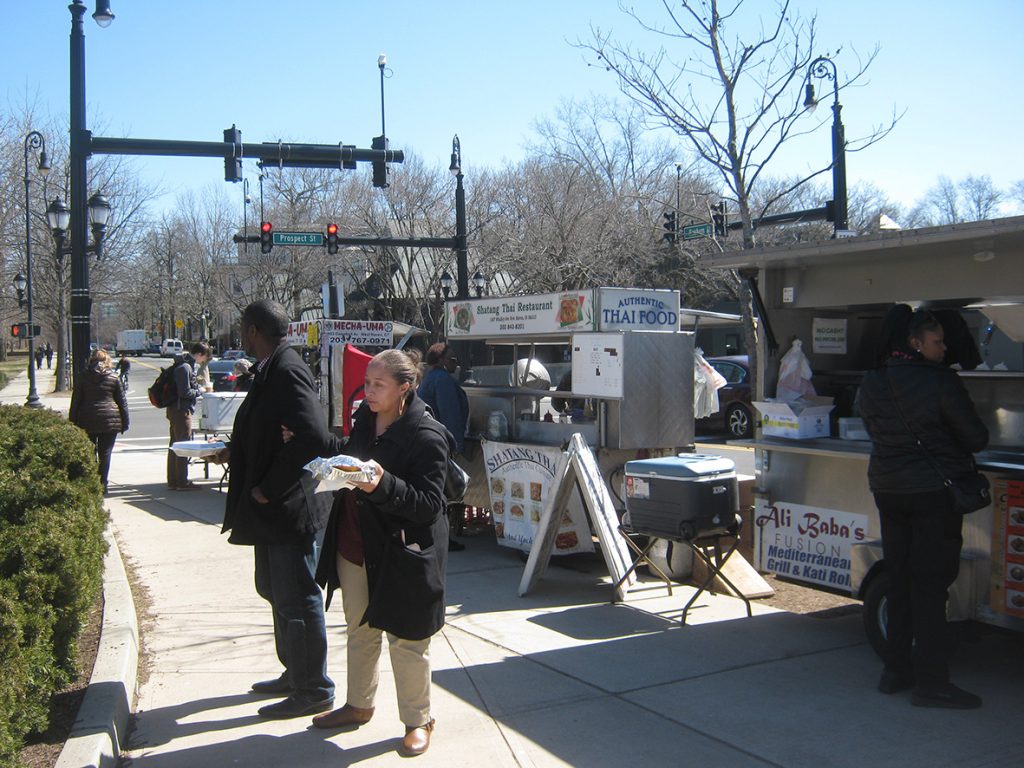
Some bourbon may have also been sampled… Angel’s Envy is a nice one. And there are a number of local breweries that produce very nice beer, although unfortunately these are not exported to Europe.
This closes the series of blogs that have taken us from France to Morocco to the USA. Our thanks go to Dr Susan Butts and Ms Jessica Utrup (New Haven) and Drs Emmanuel Robert and Bertrand Lefebvre (Lyon) for facilitating access to and loans of the material in their care. The next step will take me back to the National Museums Collection Centre in Granton to study in detail the collections I have borrowed. This collaborative work will result in the thorough description, for the first time, of the brachiopod faunas present in the Fezouata Shale. We will also be presenting our work at the 8th Brachiopod Congress in September in Milan.
